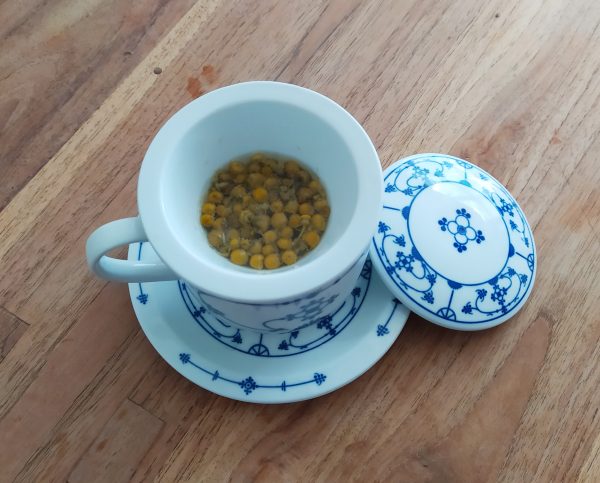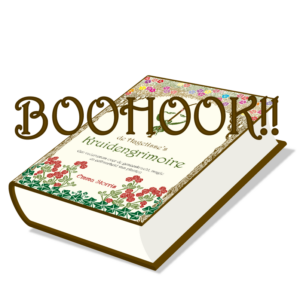Easy and effective of medicinal herbs part 2: hot and cold infusions

In part 1 of this series I talked about how the most effective way to use medicinal herbs is the simplest. And that we can do this ourselves without any intricate procedures or tools. With only water, herbs and something to put the lot into, you have when making a hot infusion or a cold infusion all the power of plants at your disposal. Strictly speaking, you can also make hot infusions and cold infusions with menstruums other than water, but precisely because we want to keep it simple – and because water is still the best menstruum to use for herbal preparations that don’t have to stored for a long time – we won’t go there .
So infusions with water it is. Today we’re going to talk about how best to approach this from a practical point of view. There are a few things that you have to keep an eye on in order to make good hot and cold infusions.
Infusion or decoction?
First of all, you will have to determine whether the herb you want to use is suitable for infusion or whether it is better to make a decoction. This choice depends on the plant part you are using. The following plant parts are suitable for infusion: most leaves, flowers, the softer stems, some roots.
I say “most leaves” because there are also leaves that are too tough to easily infuse below boiling point. The same goes for roots. The structure of a few roots is accessible enough to not require prolonged heating. But most aren’t. For the sake of simplicity, in this blog post we’ll stick to preparing leaves, flowers, soft stems by means of infusion and the rest – roots, berries, tough stems – through decoction.
Necessary materials
You can find most of the things you need in your kitchen. First of all, there is of course the mug, jar or glass. I always use earthenware or glass to avoid cross reactions. If you want to use an infuser for your herbs, choose wisely. Metal can react with, for example, tannins in your plants and is therefore not very suitable. That can be tricky because most ready-to-use, reusable infusers are made of stainless steel these days. An infuser made of ceramic, glass or undyed organic cotton is suitable. You can, of course, also throw loose herbs into your mug.
Very important is some sort of cover for your mug or glass. Constituents such as essential oil otherwise evaporate and of course we don’t want that. I myself am fortunate to have an infusion mug that I found in a thrift store. You can see it in the picture. It consists of a saucer and a cup, a ceramic infuser and a lid that fits the infuser and the cup perfectly. Some time passed between when my last infusion mug died and finding this one. During that time I simply used a regular mug and a well-fitting saucer.
When to make hot infusions and when to make cold infusions
You can make infusions with hot (just come off the boil) or cold water. Which one you choose again depends on the plant you want to use. Or rather, on the constituents you want to catch or avoid. I, for instance, use cold infusions when the plant contains essential oils that I need. Or when it contains tannins and I prefer not to have those in my herbal preparation. The former are best absorbed in a cold water menstruum. The second don’t dissolve very well in cold water, so using a cold infusion allows me to avoid them.
Keep in mind that it takes more time to prepare a cold infusion. You should always think ahead if this preparation method has your preference. In an emergency it can therefore happen that you still have to opt for a warm infusion while a cold would have been optimal. In that case, you can limit the “damage” by not using water that has just come off the boil, but water that has already cooled down some.
- dosage and ratios
- whether you should stir
- the specifics of hot and cold infusions
- how to finish up your infusion
You need a paid membership to view this content
Basic Membership is free!




